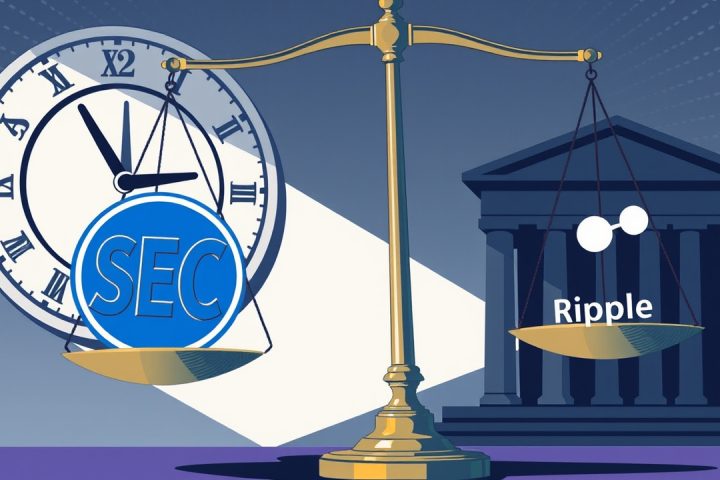Concerns Regarding Stablecoins
In a recent meeting held on April 10, the Community Depository Institutions Advisory Council (CDIAC) of the Federal Reserve voiced significant apprehensions about stablecoins issued by non-banking entities. The council highlighted that such stablecoins could lead to a substantial reduction in bank deposits, thereby hindering the ability of community banks to extend loans to local businesses and households across the country.
Comparison to Money Market Funds
The CDIAC drew parallels between the influence of modern stablecoins and the effects that money market funds had on the banking sector during the late 20th century. Both forms of financial instruments share similarities with central bank digital currencies (CBDCs) in that they could result in a decrease in the deposit base of the banking sector.
Liquidity Regulations and Credit Policies
A major point of concern raised by the council is that existing stablecoins are not held to the same liquidity regulations as traditional banking institutions. This situation could compel banks to tighten their credit policies, particularly impacting smaller borrowers who depend on community bank services.
Recommendations for Regulatory Oversight
To address these issues, the committee proposed that laws governing financial stability should include stablecoins, advocating for harmonized regulations that apply to both bank and non-bank issuers. This recommendation aims to eliminate potential loopholes in regulatory oversight, known as regulatory arbitrage.
Supporting Statements from Federal Reserve Leadership
This perspective mirrors statements made by Federal Reserve Chair Jerome Powell on April 16, where he acknowledged the rising popularity of stablecoins while also emphasizing the critical need for a robust regulatory framework to manage them effectively.




